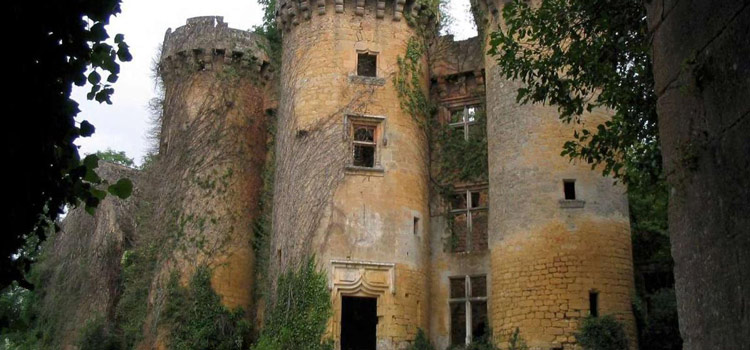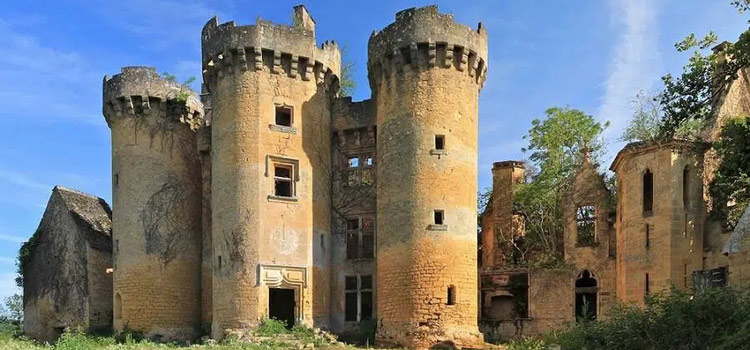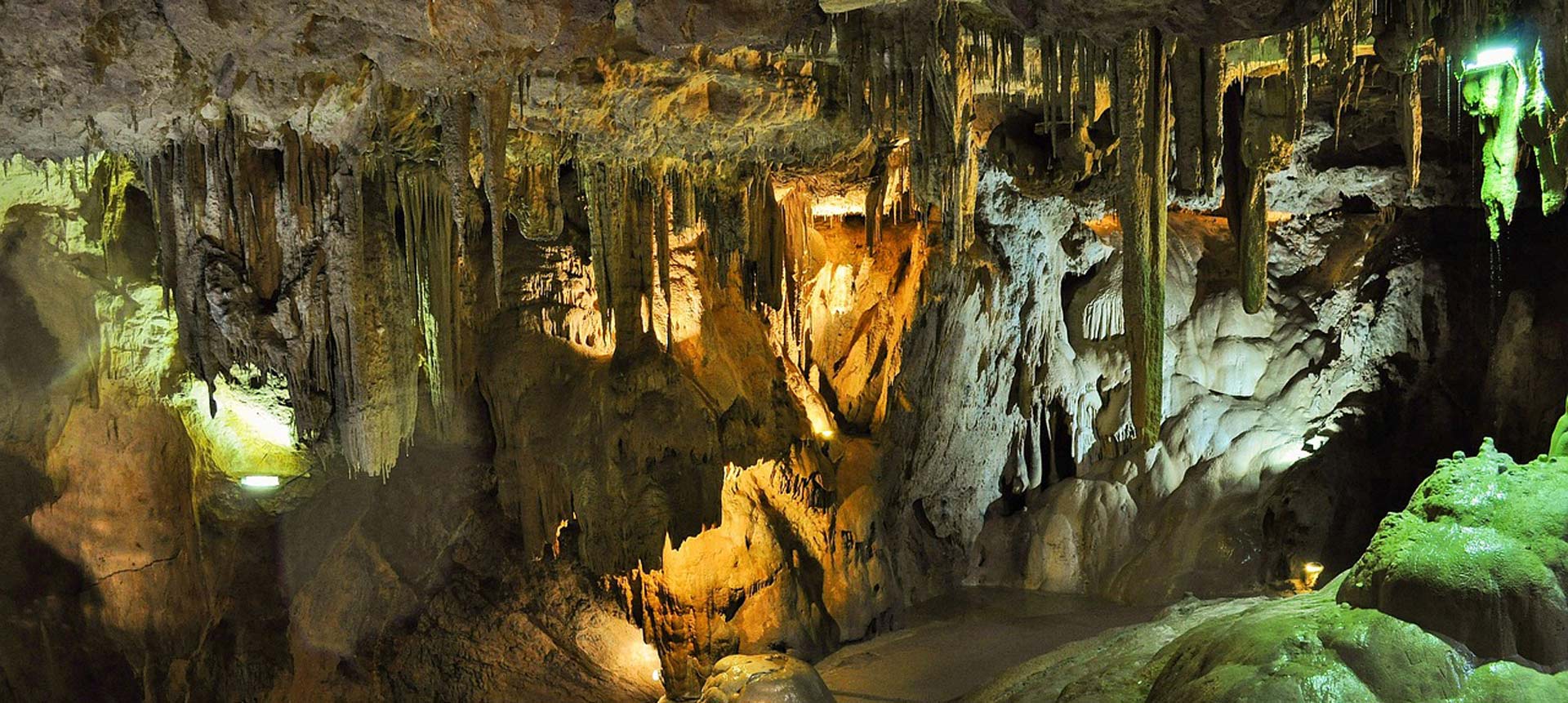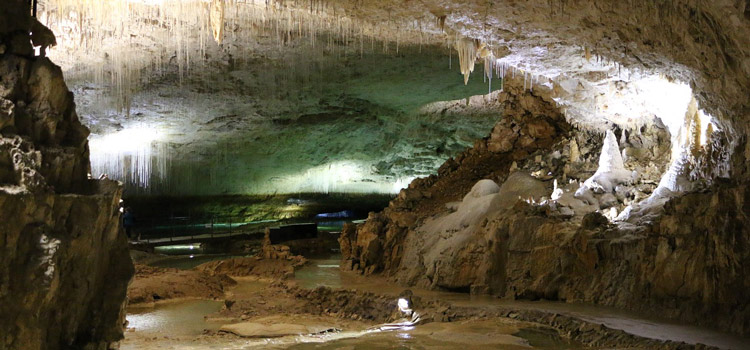Château Le Paluel
Nestled in the heart of Périgord Noir, Château Le Paluel is a majestic witness to the history of the Dordogne. Built in the 15th century, this architectural gem fascinates visitors with its remains and enchanting natural setting. Today, it attracts many visitors, curious to discover its rich past and its role in the local heritage. Ideal for history buffs and lovers of emotionally-charged places, this site is the perfect complement to a stay in the region. During your stay at our campsite in the Lot, explore the captivating history of Château Le Paluel, its architectural treasures and all the practical information you need to plan your visit.
The fascinating history of Château Le Paluel
Built in the 15th century, Château Le Paluel is a remarkable testimony to the history of the Périgord region. Built in the medieval style typical of the period, it served both as a seigneurial residence and defensive bastion. Over the centuries, the château underwent several transformations, adopting Renaissance elements to enrich its architecture. Unfortunately, after a long period of abandonment, the château suffered significant degradation. However, its inclusion on the French Heritage List helped focus attention on its preservation. Today, it stands as a symbol of local heritage and continues to captivate visitors with its tumultuous past and surviving architectural details.
An enchanting setting in the heart of the Dordogne
Château Le Paluel is set in idyllic natural surroundings. Surrounded by vast gardens, dense woods and bordered by a river, the site offers a peaceful atmosphere conducive to contemplation. This unique setting perfectly reflects thesoul of the Périgord Noir, a region renowned for its lush nature and preserved heritage. A perfect example ofPérigourdine architecture, the château is distinguished by its lauze roofs and golden stone facades, typical of local buildings. It’s easy to see why it’s considered a gem of the region’s heritage.
What can you see when you visit Château Le Paluel?
Even in partial ruins, Château Le Paluel reveals treasures that leave no one indifferent.
- Remains of the château: Explore the imposing walls and admire the remains of the towers that bear witness to the scale of this stately home.
- Preserved architectural features: mullioned windows and sculpted details offer a glimpse of the château’s past elegance.
- The historic gardens: although partially restored, you can still imagine their former splendor, with tree-lined avenues and geometric parterres typical of the Renaissance.
Every corner of the site takes you on a journey through time.
Practical information for your visit
Planning your visit to Château Le Paluel is essential to make the most of this unique experience.
Schedules and seasonality
- May and June: open afternoons, from 2.15pm to 7pm.
- July, August, September: open all day, 10:30 am to 7:00 pm.
- October and November: open afternoons, from 2.15pm to 7pm.
- Off-season: visits by appointment only.
- Length of visit: Allow around 1h30 for unguided exploration.
Rates
- 8.70 for adults.
- Free for children under 5.
- 5.50 for children aged 5 to 15.
- Payment methods: cash, cheques and vacation vouchers are accepted. Please note that payment by credit card is not possible.
Services and access
- Free on-site parking.
- Pets are allowed on a leash.
By choosing the right period and planning your payment method, you can make the most of this captivating tour.
Why visit Château Le Paluel during your stay?
Château Le Paluel is not just a place to visit, it’s an immersion in the history and authenticity of the Périgord Noir. This emotionally-charged site tells the story of generations past and reflects the cultural identity of the region. For heritage enthusiasts, it’s a must-see, as much for its rich history as for its enchanting setting. What’s more, its proximity to other major sites in the Périgord Noir, such as Sarlat, one of France’s most beautiful villages, and the Lascaux caves, makes it an ideal stopover during your stay in the region.





